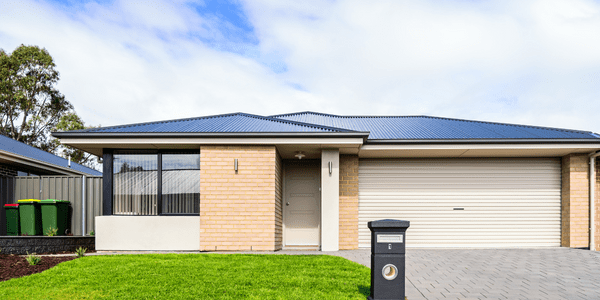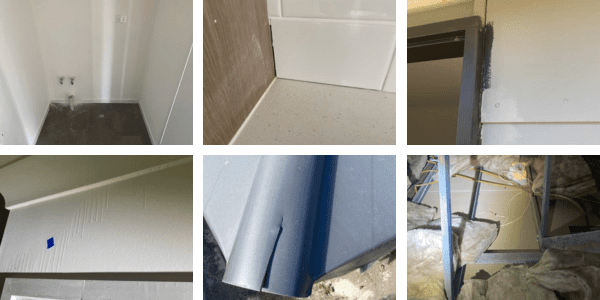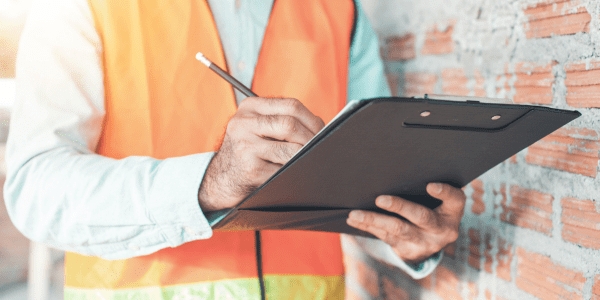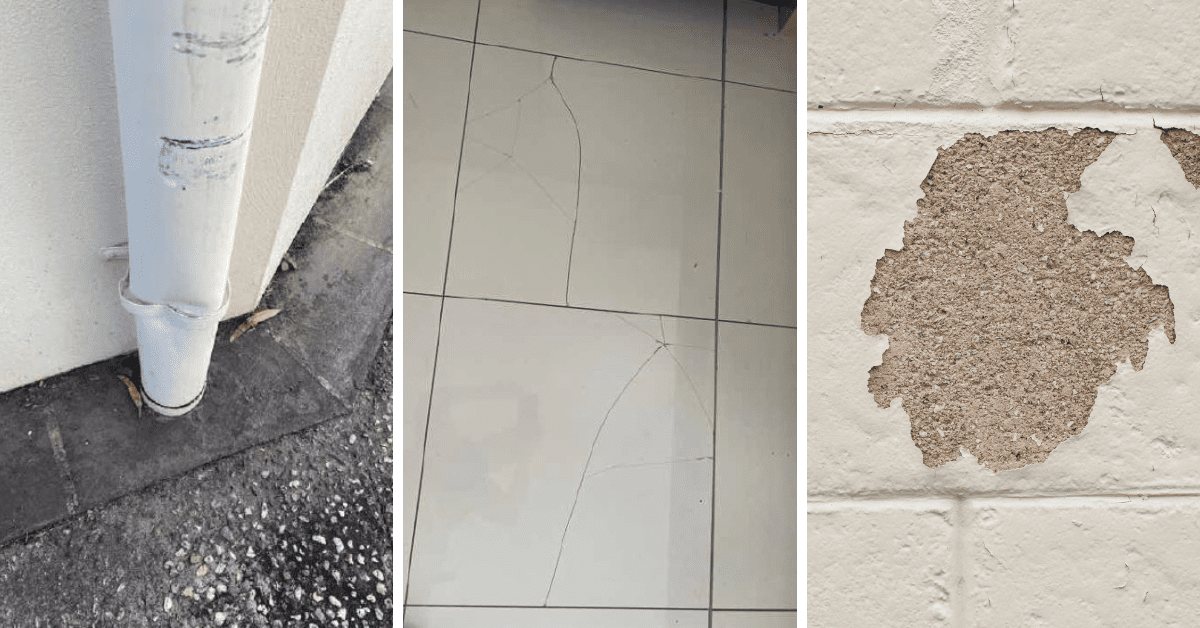What to Look for in Your Handover Inspections
Make sure you get a quality handover inspection
In this blog post, we will provide a checklist of what to look for in handover inspections so that you can ensure that your new home is in the best condition possible.
Handover Inspections
Before making the final payment and moving into your new home, it is essential that you get a quality handover inspection. Handover inspections are important as they ensure that the home is in the condition you'd expect it to be in for a new build. It also gives the builder an opportunity to address any defects or outstanding items that haven't been picked up during previous inspections.
The Importance of Handover Inspections
Handover inspections play a crucial role in the building process. They are also known as a practical completion inspection. A new build handover inspection is an opportunity for you to thoroughly examine your new home before taking possession. It allows you to identify any issues or defects that may need to be addressed by the builder or developer.
By conducting a comprehensive inspection, you can ensure that the home meets your expectations and is in a satisfactory condition. Skipping or overlooking this step could lead to costly repairs or maintenance issues down the line. Don't underestimate the importance of handover inspections as they help protect your investment.
Finding the Right Inspector
When it comes to finding the right inspector for your new build handover inspection, it is essential to do your research and choose a reputable and experienced professional.
Look for inspectors who specialise in practical completion inspections. They will have a thorough understanding of the specific requirements and standards for new properties.
Take the time to read reviews and ask for recommendations from friends or family who have recently gone through a similar process. It is important to find an inspector who is knowledgeable, thorough, and trustworthy to ensure that your handover inspection is conducted to the highest standard.
What's covered in handover inspections
Handover inspections are very thorough and include checking all accessible areas of the home. This includes the interior, exterior, doors and windows, garage, paths, surface drainage, patio, roof and roof void (if safe to do so).
Under Australian Standards, a building inspector cannot check the following items as it is outside the scope of their qualifications:
- Plumbing
- Electrical wiring
- Solar panels
- Security systems
The report includes a note of what appliances and accessories were sighted in the house at the time of the inspection. Such as an oven, air conditioner, solar panels, etc. However, it does not include a thorough check and testing of these items to make sure they work. We suggest hiring the relevant licensed tradesperson to check and test these items. The inspectors will also make a note if there are any visually obvious issues with these items.
Structural Checks to Look Out For
During a new build handover inspection, it is important to pay close attention to the structural aspects of the property. This includes checking for any cracks, uneven floors, or signs of dampness. Look out for any visible signs of damage to the walls, ceilings, or windows. Check that the doors and windows open and close properly and that there are no issues with the overall structure of the building.
Generally, by this stage, there shouldn't be any structural or major defects with the home. As these should have been checked and repaired (if any) during the stage inspections. However, there are rare occasions when something major has been overlooked.
For this reason, it's important to look for any major defects in your handover inspection report and have these addressed as soon as possible with the builder. Keeping an eye out for these things will give you peace of mind.
Minor defects that could lead to bigger issues down the track
During practical completion inspections, it's crucial to pay attention to minor building defects. They may seem insignificant but they can lead to more significant issues down the line. These defects can include small cracks in the walls, cracked or loose tiles, damaged gutters, poor silicone application or minor plumbing leaks.
Whilst they may not seem like a big deal at first, if left unaddressed, they can worsen over time and cause more extensive damage to your new home. By identifying and addressing these minor defects during the handover inspection, you can prevent them from turning into costly and disruptive issues in the future.
Don't overlook the importance of thoroughly inspecting even the smallest details of your new home.
Common defects found during handover inspections
During handover inspections, there are several common defects that homeowners may come across. These include issues with damaged flooring, paint touch-ups, uneven plaster, missing tiles and incomplete caulking.
It's important to be aware of these potential issues so that you can address them with the builder or developer before finalising the handover. By being proactive in identifying and resolving these defects, you can ensure that your new home is in the best possible condition.
Dealing with Defects Found During the Inspection
Finding defects during a handover inspection can be disheartening, but it's important not to panic. Most defects are the natural outcome of a busy worksite and aren't intended from the builder's perspective. For this reason, most builders are more than willing to fix defects provided in the handover inspection report. The next step is to pass the report on to your builder to discuss the process of repairs or compensation for the defects.
It's important to maintain open and honest communication throughout this process to ensure that the issues are resolved in a satisfactory manner. Remember, dealing with defects is a normal part of the handover process, and by addressing them promptly, you can ensure a successful outcome.
Tips for a Smooth Handover Process.
As you navigate through the handover process, here are some tips to ensure a smooth experience:
1. Make sure you are well-prepared and organised
Create a checklist of all the things you need to inspect and organise the necessary tradesperson. Such as an electrician to inspect the electricity and building inspector to complete the handover inspection.
2. Book with an inspector who is thorough and experienced
Don't be afraid to ask questions and seek clarification if you're unsure about anything.
3. Maintain open and honest communication with the builder or developer
Discuss any defects or issues you find and work together to find a satisfactory resolution.
4. Remember to remain patient and flexible
The handover process can sometimes be lengthy, but staying calm and understanding will help ensure a successful outcome.
Have peace of mind with Dedant Building and Pest Inspections
At Dedant, our inspectors are fully licensed and highly experienced to carry out handover and practical completion inspections. Our inspectors have over 30 years of experience within the building industry.
We have been servicing Brisbane, Redland Bay, Moreton Bay, Gold Coast, the Scenic Rim, Sunshine Coast, Ipswich and Logan since 2009.
Contact us on 07 3807 0122 or via our website.









